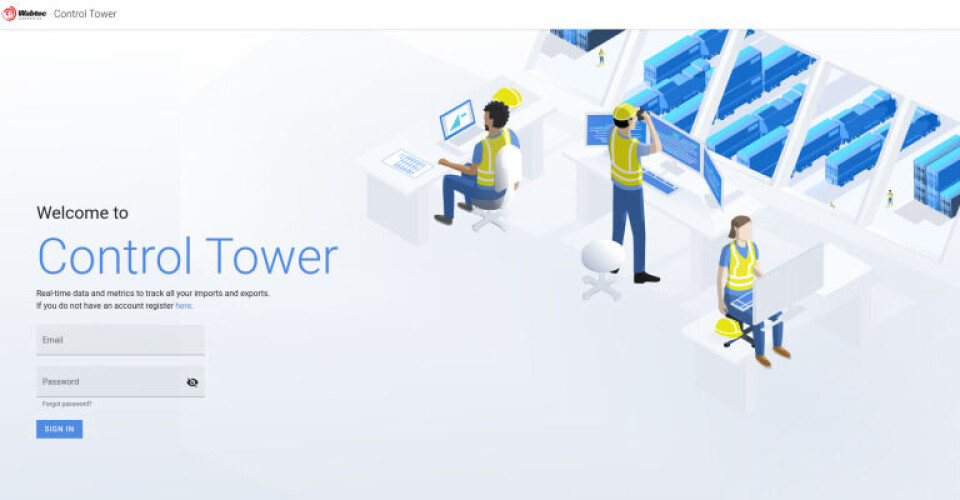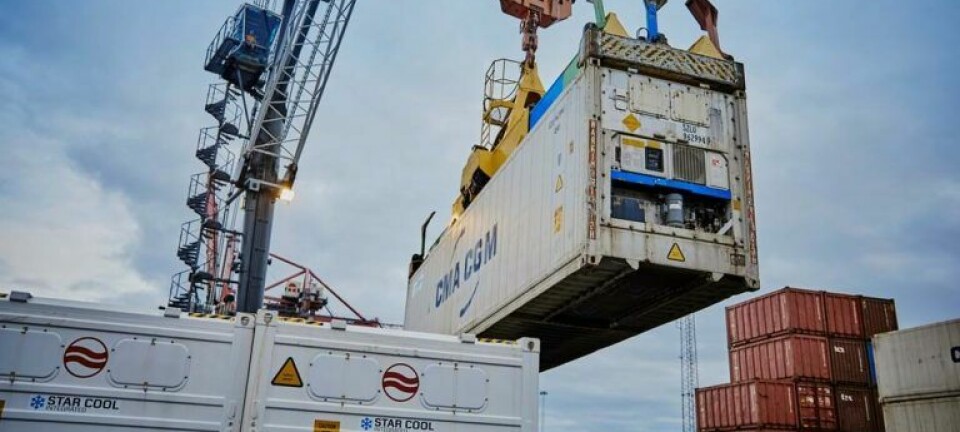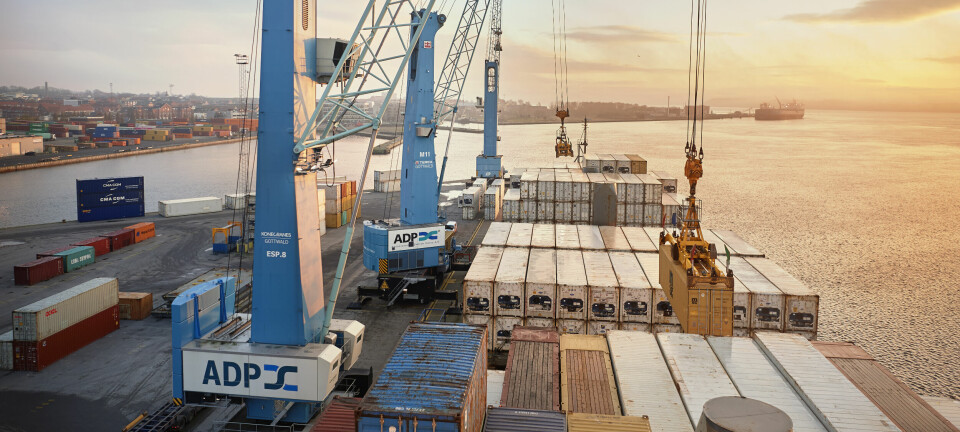Port of Los Angeles launches new cargo tracking tool

The new service provides real-time truck turn-time data and other metrics for stakeholders reliant on the port.
By Michael McGrady, Maritime Direct Americas & Pacific Correspondent
LOS ANGELES — To further digitalize the port supply chain management system, the Port of Los Angeles, Calif., has introduced a new data tool called “Control Tower.”
According to a statement, the Control Tower tool now offers “real-time views of truck turn times, as well as other truck capacity management information, to help cargo owners, truckers and other supply chain stakeholders better predict and plan cargo flows.”
“The Control Tower is a service and digital tool that will help get critical and reliable information to San Pedro Bay port stakeholders so that they can improve decision making and efficiencies,” said Gene Seroka, the executive director for the Port of Los Angeles.
“We are currently the only port in North America offering this array of digital tools, but I’m optimistic that this type of data will eventually be more uniformly available at every node of the supply chain,” Seroka said.
“Data is a critical resource in moving goods across the supply chain and into the hands of consumers,” said Scott Holland, Vice President of Wabtec’s Network and Logistics business.
Wabtec developed the Control Tower platform, notes the port authority in a similar statement.
“The Port Optimizer Control Tower is an important step in the journey to connect railroads, chassis providers, truckers, warehouse operators and others across the supply chain, and ensure cargo seamlessly flows in and out of ports. This system’s real-time and historical analytics will help the Port of Los Angeles community optimize their operations, relieve congestion stemming from increased global shipping traffic, and get products to people faster,” Holland said.










